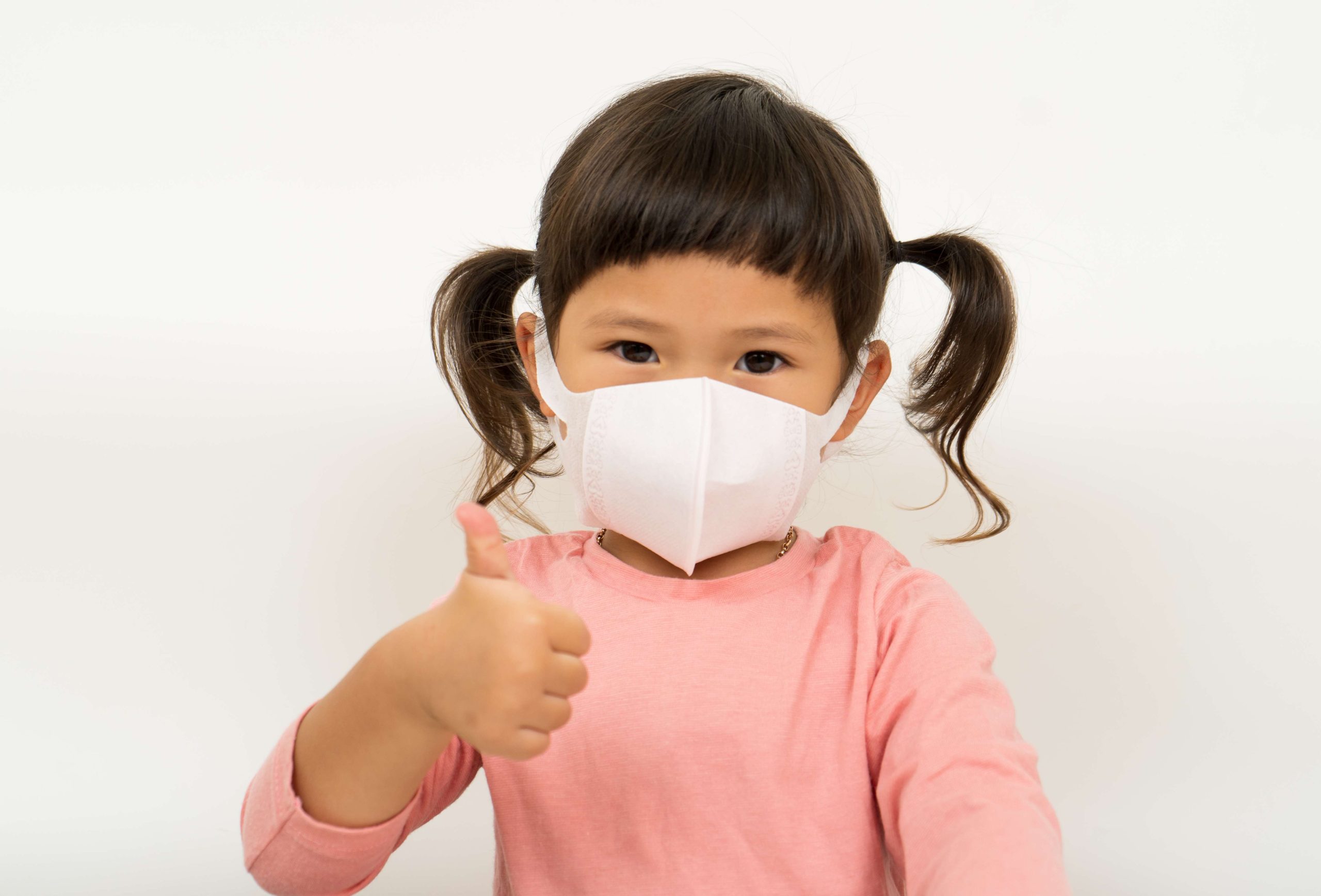
Essential Safety Guidelines for Preschool Classrooms:
-
Choose Safe Furniture and Maintain Clean Floors:
- Ensure furniture is sturdy, with no sharp edges or loose parts.
- Regularly inspect and clean floors to prevent slips and falls.
-
Arrange the Room for Easy Movement:
- Keep pathways clear of obstacles to prevent accidents.
- Ensure furniture placement allows for safe and easy navigation.
-
Be Careful with Electricity and Appliances:
- Cover electrical outlets and secure cords to prevent tripping hazards.
- Ensure proper use of electrical appliances and supervise their usage.
-
Have a Plan for Emergencies:
- Equip the classroom with emergency supplies such as first aid kits and fire extinguishers.
- Establish clear procedures for evacuation in case of fire or other emergencies.
-
Use Clear Signs for Safety Instructions:
- Display visual aids and signs to communicate safety rules and emergency exits.
- Ensure signage is age-appropriate and easily understandable for preschoolers.
-
Provide Protective Gear When Needed:
- Supply and encourage the use of personal protective equipment (PPE) such as gloves or aprons during certain activities.
- Ensure proper training on how to use protective gear effectively.
-
Keep Dangerous Items Locked Away:
- Store hazardous materials such as cleaning chemicals in locked cabinets out of reach of children.
- Ensure proper labeling and secure storage of potentially harmful items.
-
Supervise Outdoor Play Closely:
- Ensure playground equipment is age-appropriate and regularly inspected for safety.
- Provide adequate supervision to prevent accidents during outdoor playtime.
-
Control Access with Locked Doors:
- Implement security measures such as locked doors and visitor sign-in procedures to control access to the classroom.
- Ensure staff are trained to handle security protocols effectively.
-
Train Staff in First Aid and Emergency Response:
- Provide comprehensive training in first aid, CPR, and emergency response procedures to all staff members.
- Regularly review and practice emergency drills to ensure preparedness.


